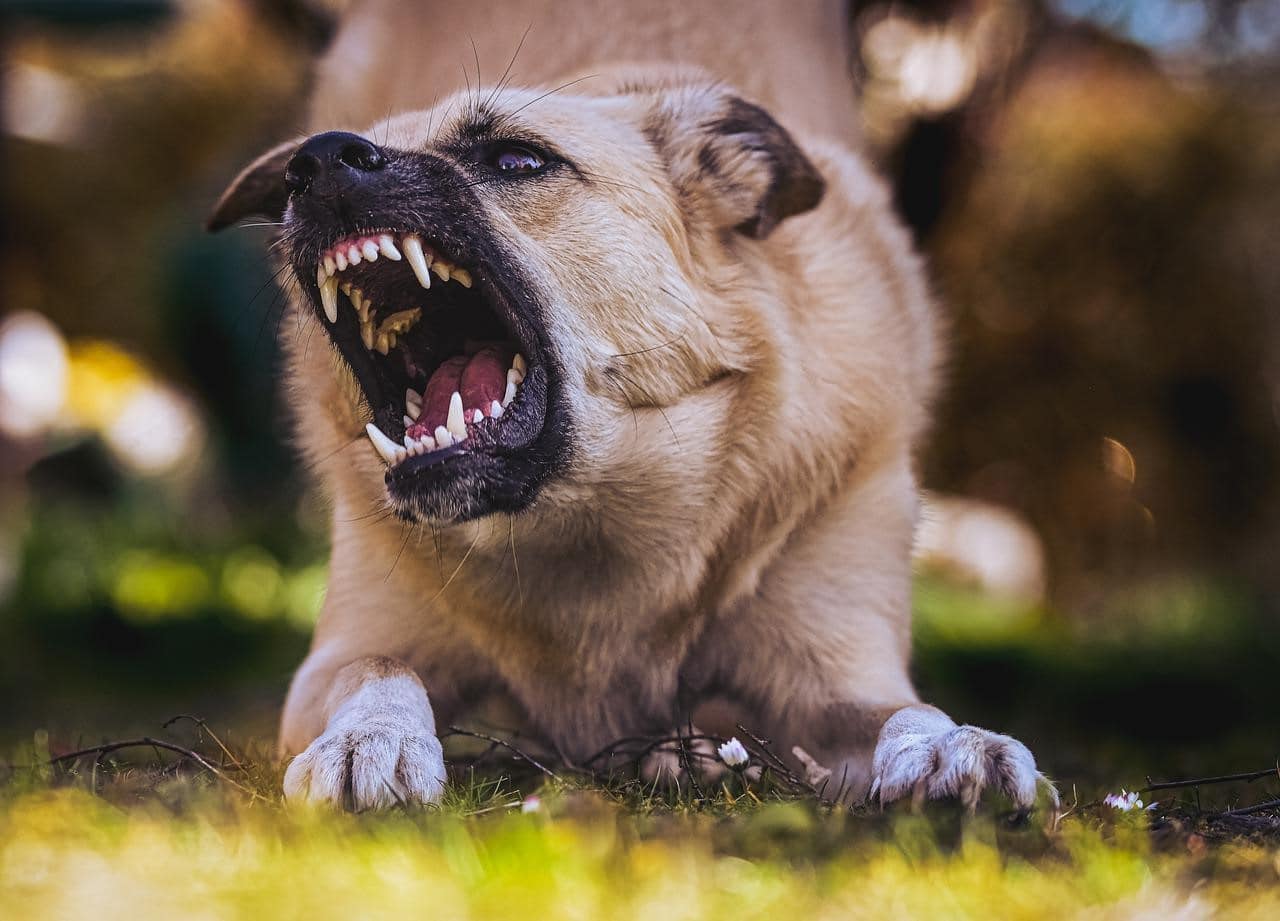Dogs have always been beloved pets that deserve affection and company. However, owners need to recognize when their dog can potentially harm others and take the necessary preventative measures. Otherwise, people can be seriously injured.
In this article, we’ll take a closer look at Texas regulations regarding dog bites.
Strict Liability for Known Dangerous Dogs
In dog bite injury cases, the owner is strictly liable for any injuries brought on by the dog, even if they make reasonable efforts to stop the assault. Strict responsibility cases concentrate on the dog’s inherent hazard. As opposed to negligence-based cases, strict responsibility requires the victim to show that the owner failed to employ reasonable care. It is the dog owner’s responsibility to make sure that their pet does not pose a threat to others. If the dog does harm, the owner will be held responsible merely by proving that the dog was a known hazard before the incident.
Texas has rigorous liability laws that must be followed for a dog to be considered dangerous. A history of violence or violent behavior is one of the important characteristics. A dog may be considered dangerous in the eyes of the law if it has previously bitten someone or shown aggression toward others. This rule is not always applicable. Obviously, this aggressive behavior can’t come from self-defense scenarios.
Negligence Per Se and Animal Control Laws
When someone breaks a statute intended to stop a particular injury, negligence per se enters the picture. In dog bite injury cases, the victim may be able to prove negligence per se if the dog owner breaches animal control rules, such as leash laws, and causes harm. This makes it simpler for the victim to seek compensation for their injuries because it is presumed that the owner behaved recklessly as a result of the legal infringement.
Landlord Liability and Dog Bites
If a dangerous dog was present on the property and the landlord or landowner knew about it but did nothing to protect others, they may be held accountable for dog bite injuries that happen there. For example, if a landlord is aware that a tenant’s dog is threatening and dangerous, they are required to take precautions to keep the common spaces safe for both tenants and visitors. This can include installing warning signs, gates, and other security measures.
Identifying a Dangerous or Vicious Dog
According to Texas law, a dog is considered dangerous or violent if it has:
- Bitten or scratched someone three different times.
- Caused a bite or scrape that put a person’s life at risk, as stated by an attending doctor’s affidavit.
- Killed or seriously injured another dog, cat, household pet, or livestock, as proven by an affidavit from a veterinarian.
An owner can learn that their dog is dangerous in one of three ways: by information from animal control, through court notification, or through prior assaults.
Consequences of Dog Injuries
The justice court, county court, or municipal court has the jurisdiction to direct the animal control authority to take the dog into custody in the case of attacks and bites resulting in the death or significant bodily injury of another person or animal. Until the court decides on the dog’s fate, it will be detained in safe and humane conditions.
The dog’s owner, the person from whom the dog was taken, and the person who filed the complaint must all be notified by the court. If the dog was responsible for a person’s death, the court has the power to order its extermination. The court may, however, order the dog’s release or destruction in situations where there has been substantial bodily harm.
Comparative Negligence Defense
According to the legal principle of comparative negligence, both the victim’s and the dog owner’s acts are taken into account when establishing who is legally responsible and how much compensation should be given. If it is determined that the victim’s actions in any way contributed to the incident, their compensation may be diminished in direct proportion to their level of negligence. This means that the damages the victim is entitled to collect will be diminished by 20% if they are found to be, for example, 20% at fault for the dog bite occurrence.
Applying comparative negligence in dog bite cases can be difficult and contentious since it requires a thorough analysis of the facts and circumstances of the incident to determine how much blame should be placed on each participant. The determination of comparative negligence can be influenced by a variety of elements, including the victim’s activities prior to the attack, any apparent provocation, and whether the victim was trespassing on private property.
Seeking Legal Assistance for Dog Bite Cases
In order to obtain compensation for harm brought on by dog attacks, victims must work with an experienced dog bite attorney. The attorney can help in securing compensation for lost wages, psychiatric therapy, medical expenses, pain and suffering, and other associated damages. Without competent legal representation, it can be difficult to navigate the complex legal system in situations when major injuries and emotional damage are caused by dog attacks.
Final Considerations
Texans have a special place in their hearts for dogs because they are cherished members of many families. It is important to understand that dog bites can happen in any situation and have serious repercussions for both victims and dog owners. To ensure responsible ownership and the protection of those who could come into contact with aggressive or dangerous dogs, it is crucial to understand Texas’s dog-biting regulations. Texas residents may promote a safer environment for everyone in their communities by being aware of the legal ramifications associated with dog bites. Never forget that contacting a dog bite attorney can help victims understand their legal options and receive the settlement they are due for their pain and suffering.
SOURCE:
Texas Constitution and Statutes. HEALTH AND SAFETY CODE TITLE 10. HEALTH AND SAFETY OF ANIMALS CHAPTER 822. REGULATION OF ANIMALS SUBCHAPTER A. GENERAL PROVISIONS; DOGS THAT ATTACK PERSONS OR ARE A DANGER TO PERSONS









